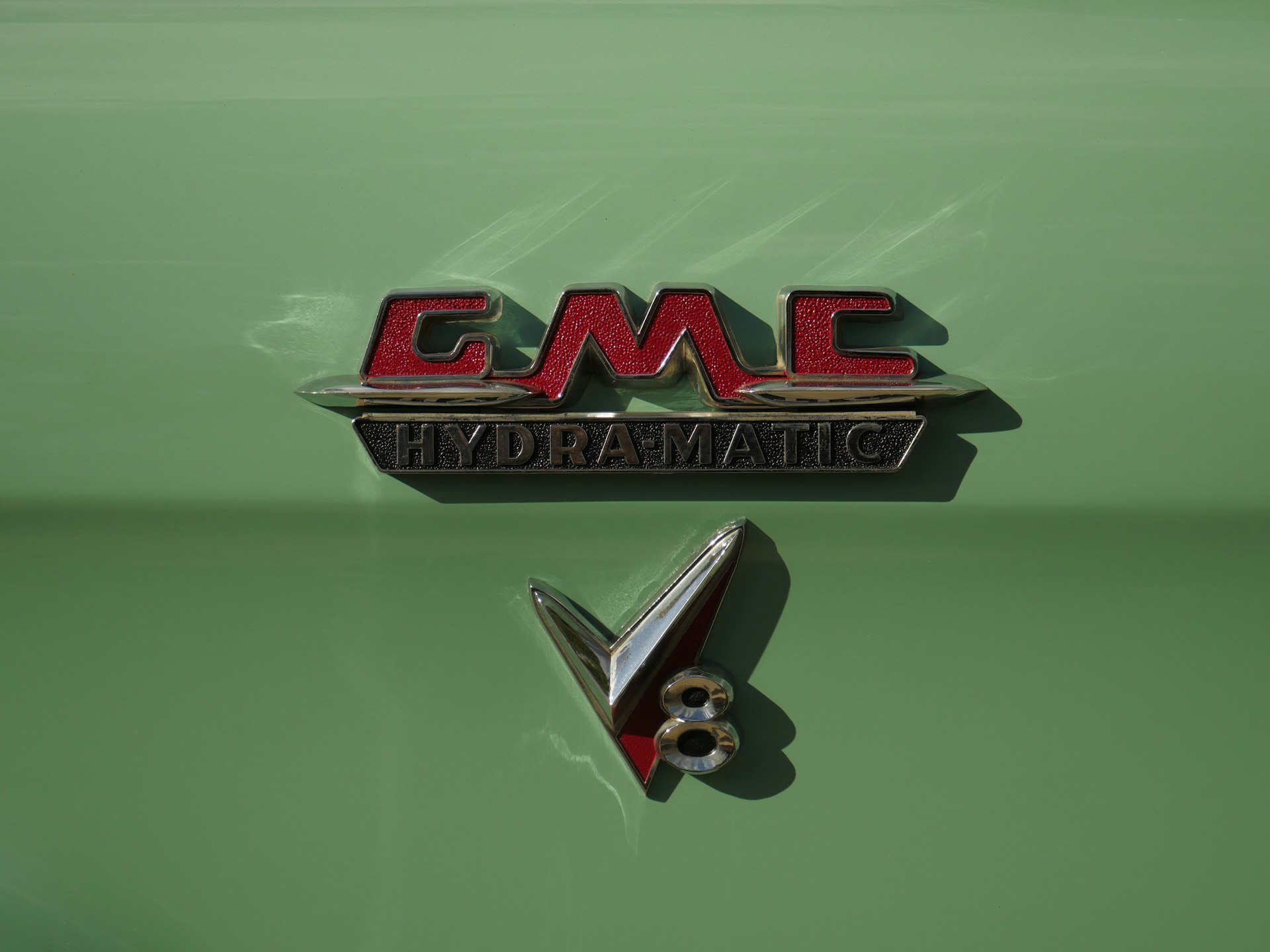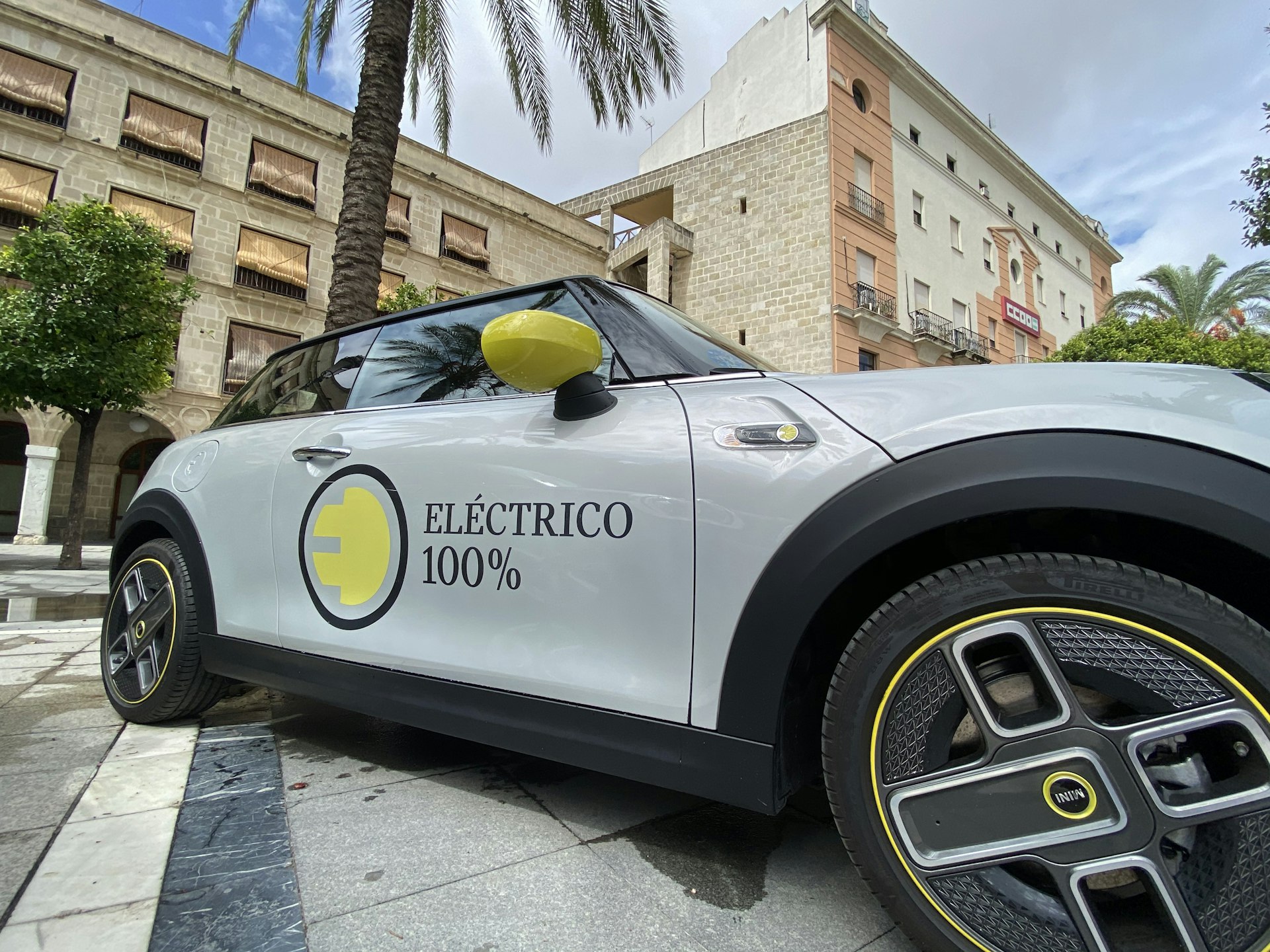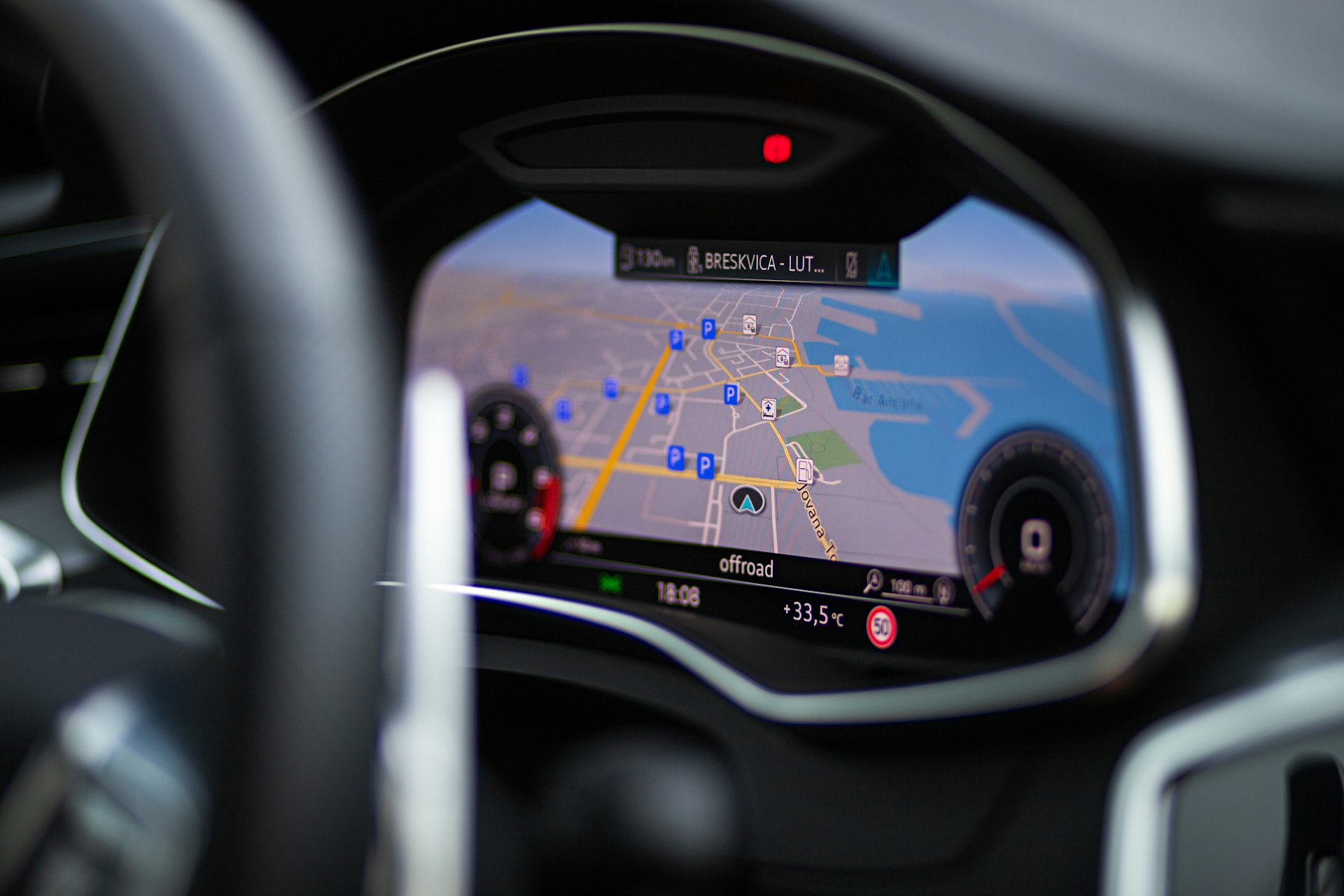Driving Innovation: The Transformative Role of Machine Learning in the Automotive Industry

Photo by Anton Savinov on Unsplash
Introduction: Machine Learning as a Catalyst for Automotive Innovation
Machine learning (ML) is rapidly reshaping the automotive industry, accelerating innovation across design, manufacturing, driving experiences, and sustainability. By harnessing vast amounts of data, ML algorithms enable smarter, safer, and more efficient vehicles, while driving significant changes in how cars are designed, built, and maintained. This article explores the multifaceted role of machine learning in automotive innovation, provides actionable steps for industry professionals, and offers guidance for those seeking to access related opportunities.
Enhancing Vehicle Safety and Autonomous Driving
One of the most impactful applications of machine learning in automotive innovation is advanced safety features and autonomous driving systems . ML algorithms analyze sensor data-such as cameras, radar, and LIDAR-to detect hazards, predict trajectories, and make split-second decisions. These capabilities underpin technologies like Advanced Driver Assistance Systems (ADAS), lane-keeping, collision avoidance, and fully autonomous vehicles. Companies such as Waymo, Tesla, BMW, and Mercedes-Benz have demonstrated the effectiveness of ML-driven safety enhancements, logging millions of autonomous miles and continuously improving their systems through real-time learning [1] , [4] .
To implement ML safety solutions, automotive engineers and software developers need to:
- Integrate high-quality sensors and data acquisition systems into vehicles.
- Utilize open-source ML frameworks (such as TensorFlow or PyTorch) to develop and train safety models on diverse driving scenarios.
- Collaborate with established automotive AI providers or research labs to access pre-trained models and compliance guidelines.
For professionals interested in developing autonomous systems, consider searching for partnerships with leading automotive AI labs or joining open innovation platforms managed by major manufacturers.
Predictive Maintenance and Cost Reduction
ML-powered predictive maintenance enables manufacturers and fleet operators to minimize downtime, optimize resource use, and reduce costs. By analyzing real-time data from vehicle subsystems-including engine temperature, oil levels, and tire pressure-ML models can detect subtle anomalies before they become major failures. This proactive approach leads to improved reliability and higher customer satisfaction [3] , [1] .
To harness predictive maintenance:
- Install IoT-enabled sensors to monitor vehicle health continuously.
- Deploy ML algorithms that analyze historical and real-time data to forecast maintenance needs.
- Provide training for technicians in interpreting ML-generated alerts and implementing preemptive repairs.
Automotive businesses can collaborate with technology partners specializing in predictive analytics or utilize cloud-based ML solutions for scalable deployment. For guidance on selecting suitable platforms, research vendors with proven automotive case studies and verified references.
Optimizing Design, Manufacturing, and Product Development
Machine learning drives remarkable improvements in vehicle design and manufacturing efficiency . By simulating thousands of design variations, ML-based generative algorithms help engineers optimize aerodynamics, crash safety, battery management, and energy efficiency. In manufacturing, smart robotics and automated quality inspection systems powered by ML identify defects and adapt assembly processes in real time [2] .
Implementation steps include:
- Leveraging ML-driven simulation tools for iterative design optimization.
- Integrating adaptive robots equipped with computer vision for automated assembly and inspection.
- Utilizing cloud-based platforms to facilitate collaboration between design teams, suppliers, and manufacturing engineers.
For access to advanced ML-enabled design tools, professionals can engage with automotive software vendors or participate in innovation consortia focused on digital transformation in manufacturing.
Personalized Driving Experiences and User Interaction
ML enables personalized infotainment , adaptive vehicle configurations, and intelligent voice-activated controls, enhancing the driving experience for end users. Algorithms analyze driver preferences, habits, and spoken commands to tailor vehicle settings, recommend routes, and enable seamless integration of connected services [2] .
To deploy these features:
- Integrate ML-based infotainment systems capable of learning from user interactions.
- Design interface protocols for secure and privacy-conscious data collection.
- Collaborate with infotainment suppliers or cloud service providers for scalable solutions.
Automotive professionals may explore partnerships with established infotainment technology providers, and consumers can search for vehicles offering advanced personalization features by reviewing model specifications and expert reviews.

Photo by 和国 谢 on Unsplash
Environmental Sustainability and Efficiency
ML plays a critical role in making the automotive industry more sustainable and eco-friendly. Algorithms analyze driving behaviors and environmental data to suggest optimal routes, reduce fuel consumption, and lower emissions. ML also supports the adoption of alternative fuels by monitoring prices and enabling seamless fuel type transitions. During vehicle operation, ML optimizes factors like aerodynamics and engine power for maximum energy efficiency [3] , [5] .
To advance sustainability goals:
- Deploy ML-based route optimization solutions for fleet management.
- Integrate real-time emissions monitoring systems and fuel efficiency analytics.
- Support initiatives for alternative fuel adoption by collaborating with energy providers and regulatory agencies.
Organizations interested in sustainable automotive solutions should consult verified environmental agencies, join industry groups focused on green mobility, or participate in pilot programs with leading manufacturers.
Challenges and Solutions in Adopting Automotive Machine Learning
Despite its promise, implementing ML in automotive innovation presents challenges:
- Data quality and availability: High-quality, labeled data are crucial for effective ML training. Solutions include building partnerships with manufacturers, using open data sets, and employing synthetic data generation for rare scenarios.
- Regulatory compliance: Safety-critical applications require adherence to strict standards. Automotive professionals should consult official regulatory agencies (such as the National Highway Traffic Safety Administration in the U.S.) and seek certification through established testing protocols.
- Talent and expertise: Developing and integrating ML solutions requires skilled data scientists, engineers, and compliance specialists. Companies can recruit through professional networks, partner with academic institutions, or invest in workforce training programs.
For small businesses and startups, alternative approaches include leveraging cloud-based ML platforms with pre-built automotive modules or joining accelerator programs sponsored by major manufacturers.
Accessing Machine Learning Opportunities in Automotive Innovation
Individuals and businesses seeking to participate in or benefit from machine learning-driven automotive innovation can take several actionable steps:
- Monitor developments from leading automakers by following official announcements, press releases, and technology blogs.
- Participate in industry conferences, webinars, or online forums focused on automotive AI and digital transformation.
- Search for collaborative research opportunities with academic institutions, technology providers, or consortia dedicated to automotive innovation.
- Contact professional automotive associations for guidance on standards, certifications, and training resources.
If interested in specific products or services, you can:
- Review verified product specifications and customer testimonials from major automakers and technology vendors.
- Request demonstrations or trials of ML-enabled solutions through official company channels.
- Consult regulatory agencies for guidance on compliance and safety standards.
For government programs or industry initiatives, search for information using official agency names (such as the U.S. Department of Transportation or National Highway Traffic Safety Administration) and verified search terms related to vehicle technology and safety.
Key Takeaways
Machine learning is a foundational technology driving innovation throughout the automotive industry. It powers safer and smarter vehicles, enables more efficient manufacturing, enhances user experiences, and supports a sustainable future. By following actionable steps, collaborating with experts, and leveraging verified resources, automotive professionals and consumers can access and benefit from cutting-edge ML innovations. For further guidance, consult official industry agencies, join professional networks, and stay informed about the latest advancements in automotive technology.
References
- [1] Turing (2023). Automotive Machine Learning in Accelerating Development.
- [2] Neural Concept (2023). AI in Automotive Industry: Applications and Innovations.
- [3] PixelPlex (2023). Machine Learning in the Automotive Industry.
- [4] Cloud4C (2024). Top 15 AI In Automotive Industry Use Cases.
- [5] HashStudioz (2024). Use Cases of Machine Learning in the Automotive Industry.
MORE FROM promospotlight.com













